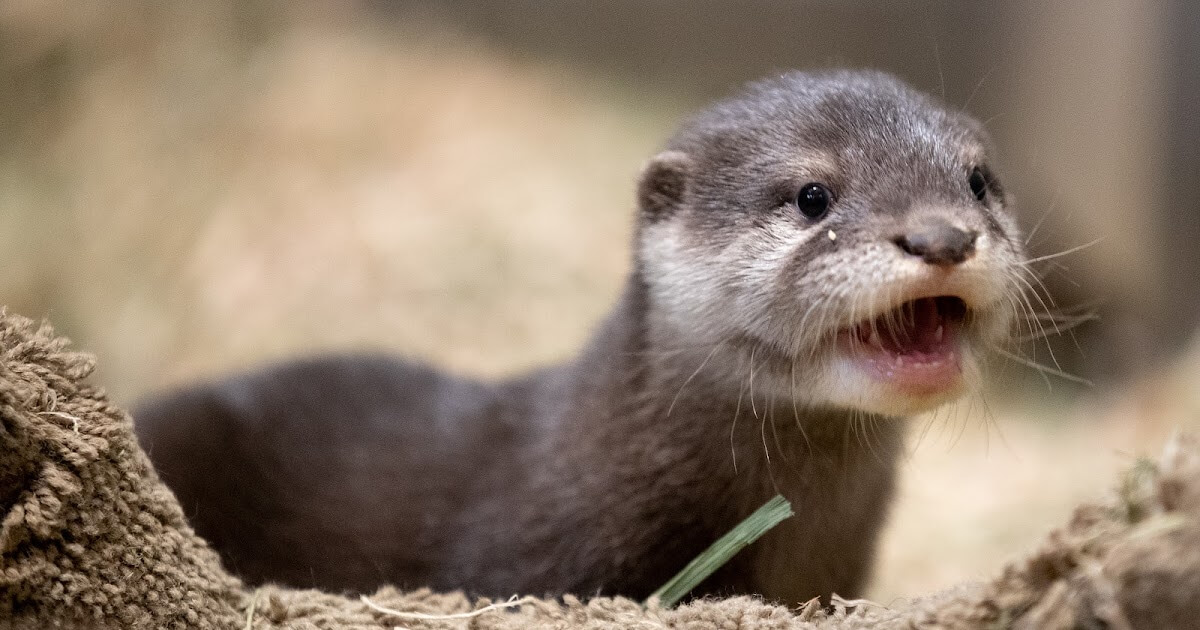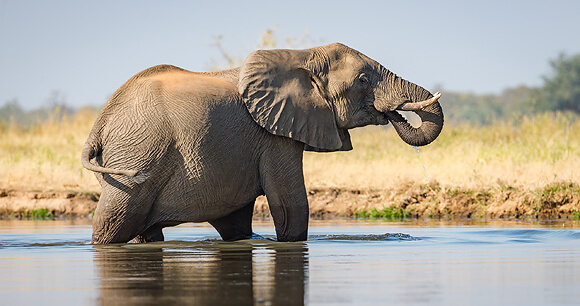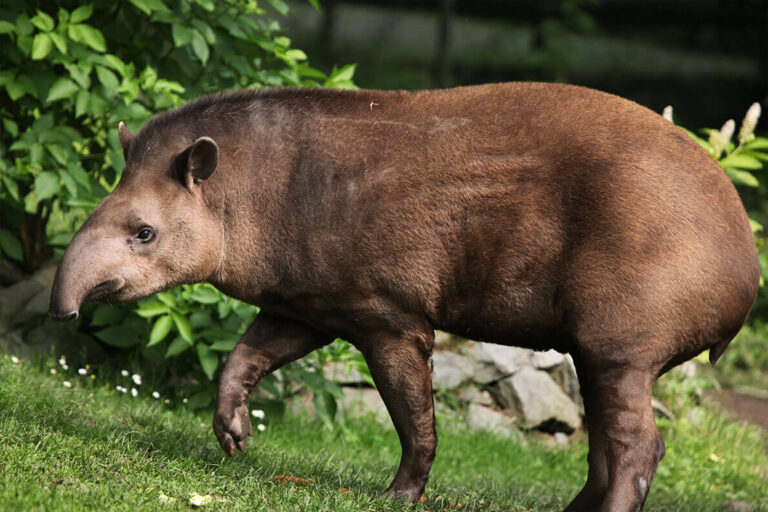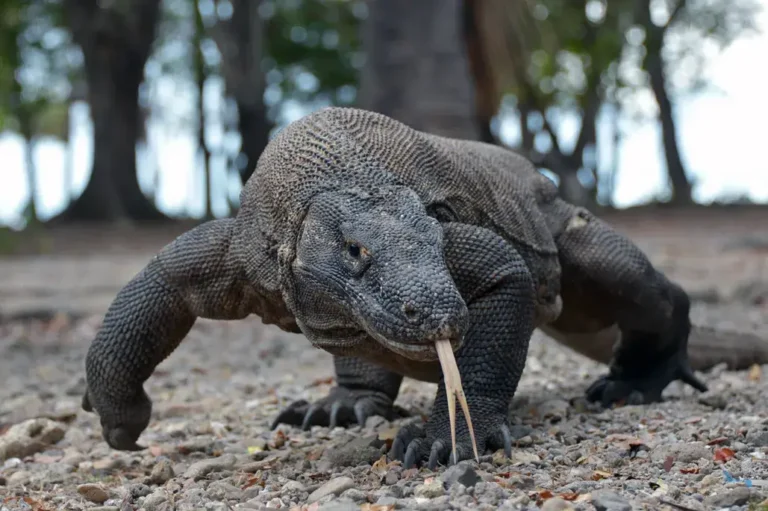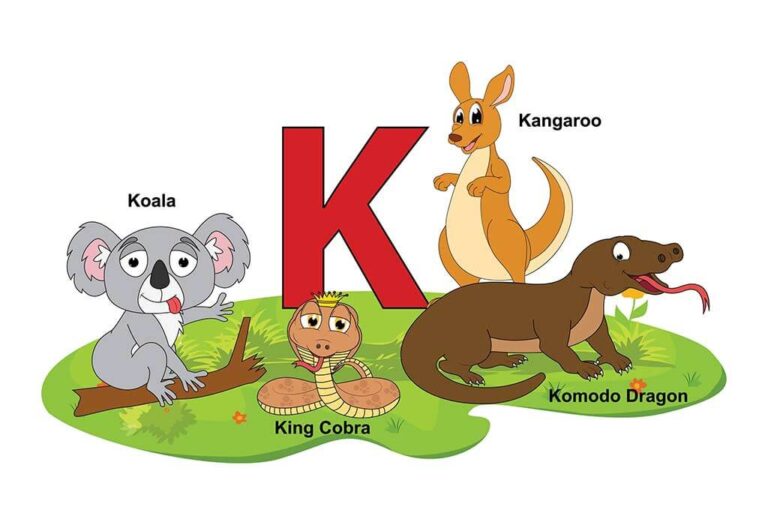Otter: The Playful Aquatic Mammal
Otters are charismatic, playful mammals known for their aquatic lifestyles, social behavior, and intelligent hunting strategies. As semi-aquatic or fully aquatic members of the Mustelidae family, otters have adapted remarkably well to life in the water. This in-depth exploration will cover the scientific classification, physical characteristics, habitat, behavior, diet, reproduction, predators, and conservation status of otters, along with some fascinating facts, their evolutionary history, and their relationship with humans.
Contents
Scientific Classification
- Kingdom: Animalia
- Phylum: Chordata
- Class: Mammalia
- Order: Carnivora
- Family: Mustelidae
- Subfamily: Lutrinae
- Genera: Multiple genera, including Lutra, Lontra, and Enhydra
Otters belong to the subfamily Lutrinae, which includes 13 species spread across seven genera. The most well-known species include:
- The sea otter (Enhydra lutris).
- The North American river otter (Lontra canadensis).
- The giant otter (Pteronura brasiliensis).
Physical Characteristics

Otters are easily recognizable by their streamlined bodies, dense fur, and webbed feet, making them well-suited for swimming. Here are some common traits:
- Size: Otters range in size from the small Asian small-clawed otter, which weighs about 5-11 lbs (2.2-5 kg), to the giant otter, which can reach up to 70 lbs (32 kg).
- Fur: Otters have dense, water-resistant fur that traps air to keep them warm. Sea otters have the densest fur of any animal, with up to one million hairs per square inch.
- Tail: Otters have long, muscular tails that aid swimming and balance.
- Feet: Their feet are webbed and clawed, designed for efficient swimming and catching prey.
- Color: Most otters have brown or gray fur with lighter underbelly.
Habitat
Otters are found on every continent except Australia and Antarctica, inhabiting a wide range of environments:
- River Otters: Freshwater habitats like rivers, lakes, and marshes.
- Sea Otters: Coastal waters of the northern Pacific Ocean, from California to Alaska.
- Giant Otters: Slow-moving rivers and streams in the Amazon Basin.
Otters require clean, unpolluted water, abundant food supply, and suitable denning areas, such as riverbanks, coastal areas, or mangroves.
Behavior

Otters are social, curious, and highly intelligent creatures. They are known for their playful behavior, often seen sliding down riverbanks, juggling rocks, or engaging in mock fights.
- Communication: Otters communicate using a range of vocalizations, including whistles, chirps, and growls, and through scent markings.
- Swimming: Otters are agile swimmers, using their webbed feet, streamlined bodies, and strong tails to navigate the water.
- Social Structure: Most otter species are social, with some forming small family groups. Sea otters, however, are often more solitary.
Diet
Otters are carnivorous, with a diet that varies based on species and habitat:
- River Otters: Fish, amphibians, crustaceans, and small mammals.
- Sea Otters: Sea urchins, mollusks, crabs, and fish. Sea otters are known for using rocks as tools to break open shellfish.
- Giant Otters: These are mainly fish, crabs, and small reptiles.
Otters play a vital role in maintaining the balance of their ecosystems by controlling prey populations.
Reproduction
Otter reproduction varies among species, but here are some common reproductive traits:
- Mating: Most otters are polygynous, with males mating with multiple females.
- Gestation Period: Typically lasts between 60 to 86 days, depending on the species.
- Birth: Otters usually give birth to 1-6 pups, born blind and dependent on their mothers.
- Parental Care: Female otters are primarily responsible for raising the pups teaching them to swim, hunt, and survive in the wild.
Predators
Otters face various predators depending on their habitat:
- River Otters: Eagles, large predatory fish, alligators, and humans.
- Sea Otters: Sharks and killer whales.
- Giant Otters: Jaguars, caimans, and large anacondas.
Human activities, such as habitat destruction and hunting, also pose significant threats to otter populations.
Conservation Status
Otters are under various levels of threat, ranging from Least Concern to Endangered:
- Sea Otters: Endangered due to oil spills, hunting, and pollution.
- Giant Otters: Endangered due to habitat loss and hunting.
- River Otters: Some species, like the North American river otter, are considered Least Concern, but others are vulnerable due to pollution and habitat destruction.
Conservation efforts include habitat restoration, pollution control, and legal protections against hunting.
Interesting Facts
- Tool Use: Sea otters are a few non-primate species that use tools, like rocks, to open shellfish.
- Social Rafts: Sea otters hold hands while sleeping to stay together in groups called rafts.
- Dense Fur: Otters have incredibly dense fur that helps keep them warm in cold waters.
Evolutionary History
Otters evolved around 23 million years ago, descending from terrestrial weasel-like ancestors. They adapted to aquatic life by developing webbed feet, streamlined bodies, and specialized fur. The fossil record indicates that otters once had a much wider distribution, including species much larger than those alive today.
Relationship with Humans
Otters have a mixed relationship with humans. They are beloved for their playful nature and are popular in wildlife documentaries. However, fishermen also see them as competitors and threaten them with human activities such as pollution, habitat destruction, and illegal hunting. Conservation programs and public awareness are helping improve otter populations, especially where they are critically endangered.
Conclusion
Otters are remarkable animals that play crucial roles in their ecosystems. From their fascinating use of tools to their complex social behaviors, otters captivate scientists and the general public. However, they face significant threats that require urgent conservation actions to ensure these playful, intelligent mammals continue to thrive in the wild. Protecting otters and their habitats will save these species and preserve the balance of the ecosystems they inhabit.
- Golden Retriever Pros and Cons: What Every Pet Parent Should Know - 15 September 2025
- Cane Corso Dog Breed: Health, Care, and Lifespan - 14 September 2025
- Catahoula Leopard Dogs: Description, Temperament, Lifespan, & Facts - 21 July 2025

